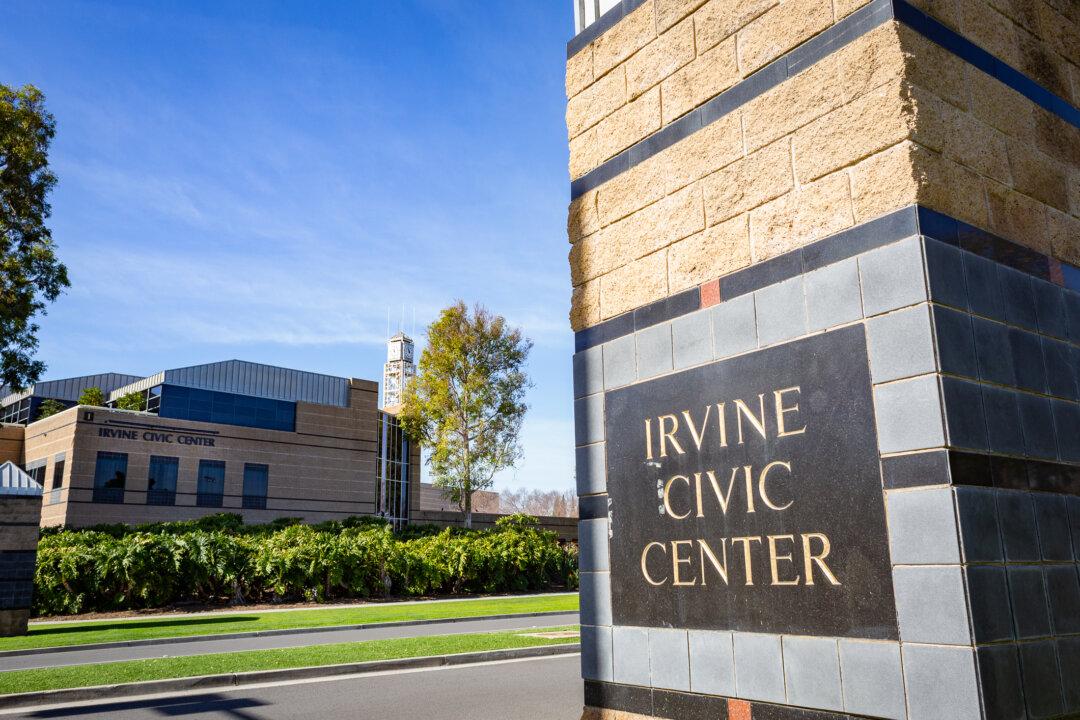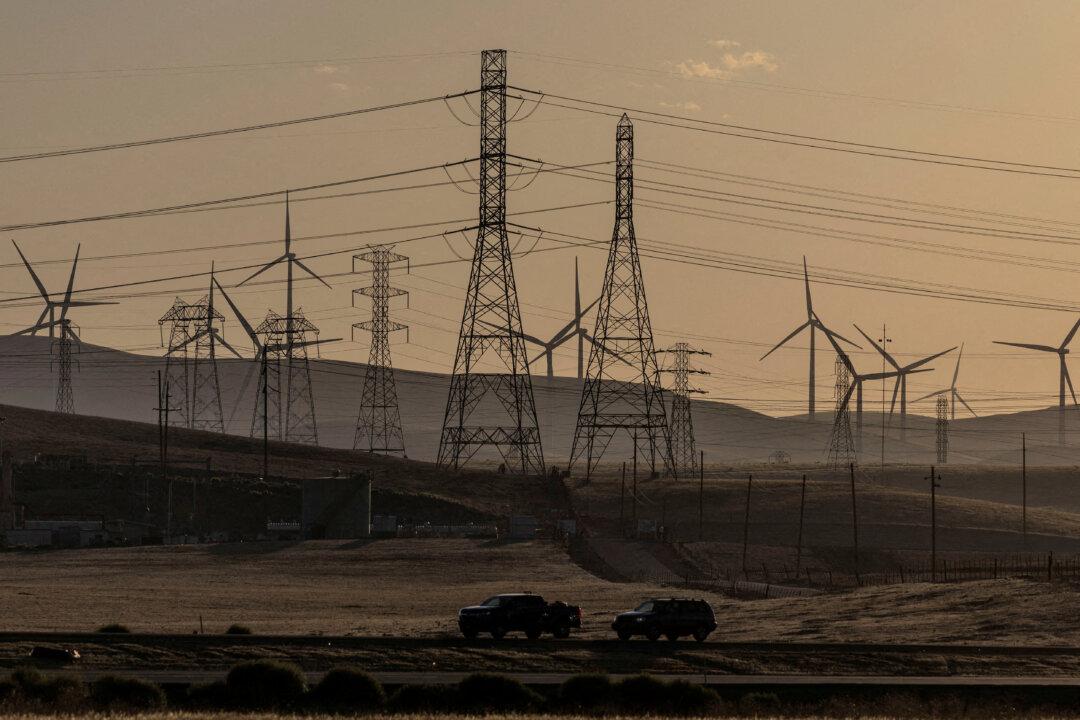Commentary
Ed Laird prides himself on being informed and making business decisions driven by good value propositions. Laird, a plastics engineer and owner of Huntington Beach’s Laird Coatings, opted out of the Orange County Power Authority (OCPA) to avoid high prices and impossible energy claims.




